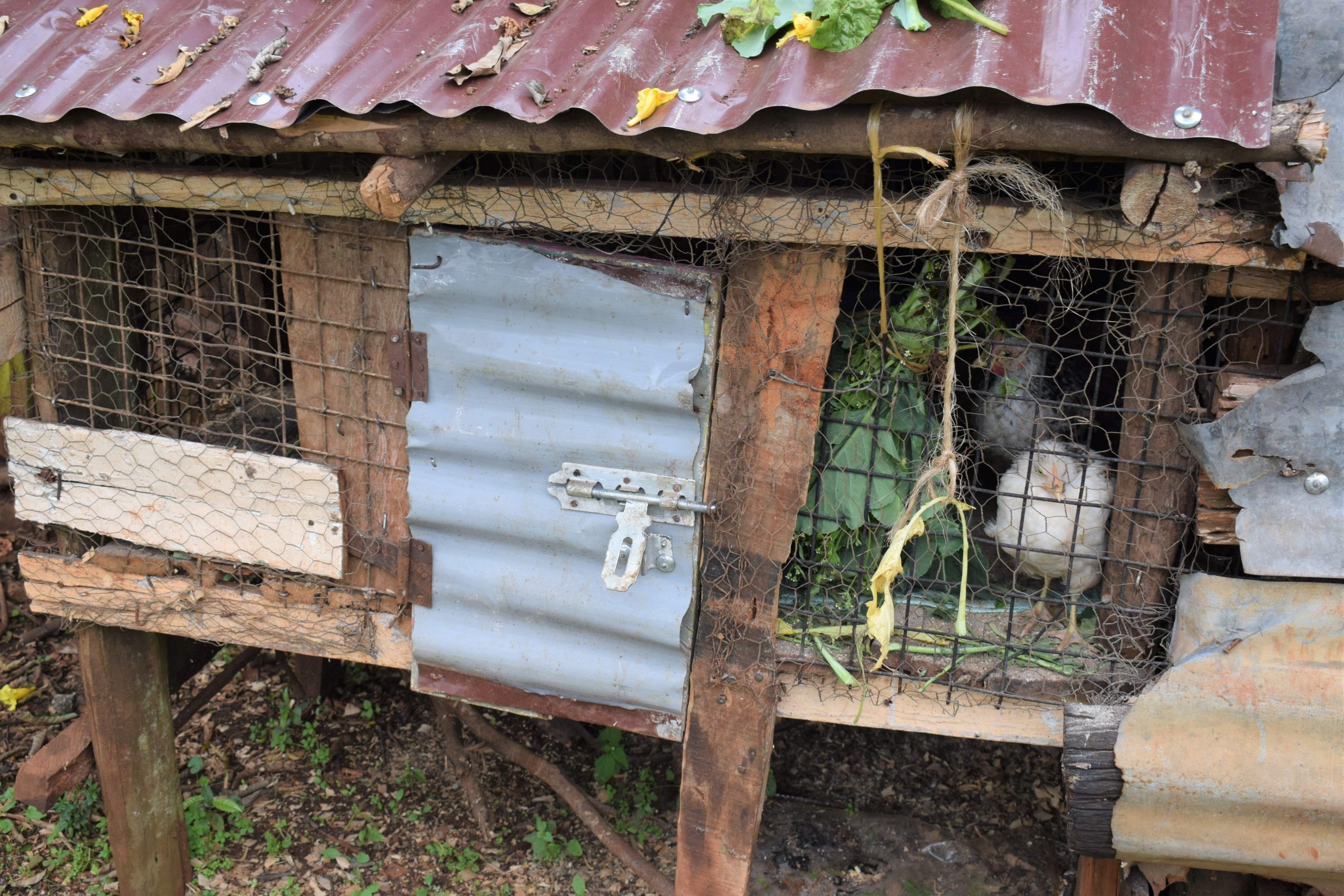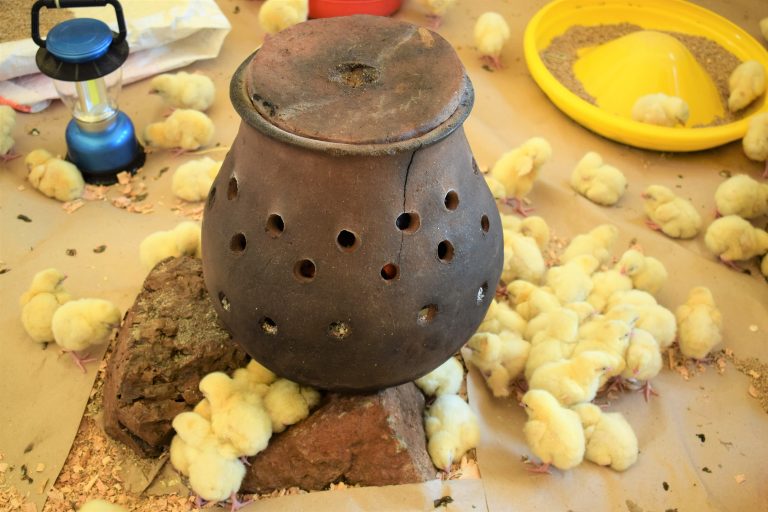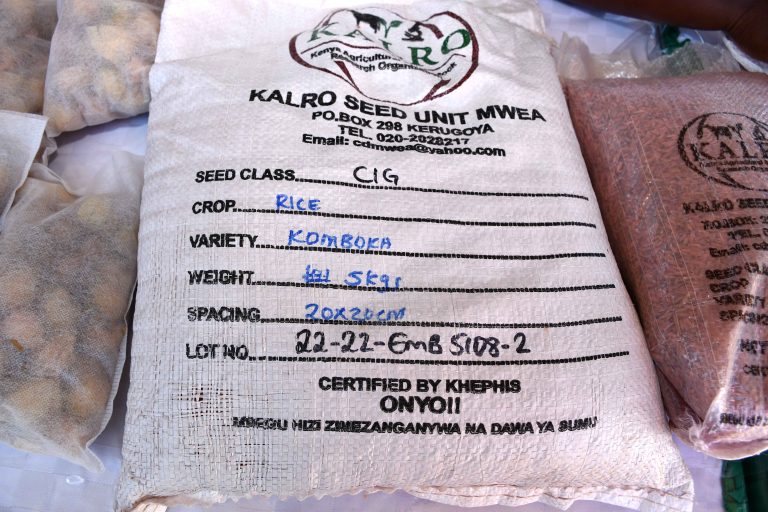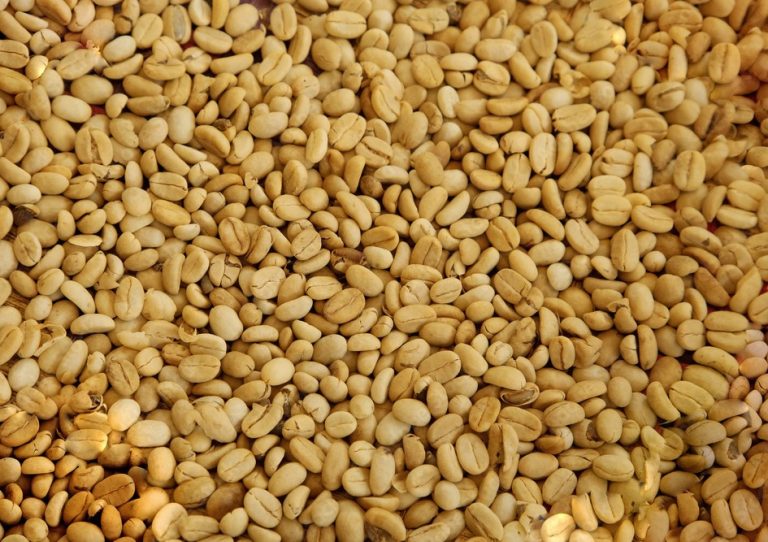Ammonia- This is an invisible, water-soluble, colourless alkaline gas with a very distinct odour. It is also poisonous as it is listed as a toxic substance. It is used to manufacture household and industrial cleaners, especially window cleaning products. It has a unique, strong smell that irritates the respiratory system, mucus membranes and eyes when inhaled.
If inhaled for a long time, ammonia causes chronic sinusitis. Chronic sinusitis occurs when the spaces inside your nose and head (sinuses) are swollen and inflamed for three months or longer, despite treatment. This condition obstructs with the way mucus normally drains, and in the process your nose becomes stuffy. Ammonia also makes you insensitive such that you can’t detect it in your surroundings.
Chickens also suffer from ammonia more than humans considering the size and structure of their respiratory system compared to human beings. It is irritating and toxic to a chicken’s respiratory system. In chicken, ammonia causes an inflammatory eye condition if exposed to it for a long time and in high amounts.
But do you know ammonia is produced naturally from chicken droppings? This means that self-poisoning can occur to chicken if care is not taken. Chicken houses which have a lot of manure and are not cleaned regularly or thoroughly have a high concentration of ammonia putting the chicken to risk. The concentration of ammonia in the air in chicken houses is determined by several factors. The number of chicken is key because the more they are, the more the droppings hence more ammonia is produced. The type of material used as bedding on the floor also matters. There is a material that helps dissolve the droppings and reduce the rate of ammonia production while others may speed up the process. Most people use wood shavings and sawdust as bedding litter.
Bird activity & humidity level are other factors to consider. The surface area of the stored manure is another concern. More the manure means more ammonia is produced and determines the pH of the manure. The frequency of manure removal and how it is handled are other contributing factors. Poor ventilation means high levels of ammonia concentration in the air especially if the chicken are many and housed in a small area.
Ammonia concentrations above 25 ppm are poisonous to chickens. Typically both eyes are affected. The main clinical symptom is the inflammation of the cornea and conjunctiva of the eye (conjunctivitis).
Young, growing chicks are more vulnerable to ammonia harm than adult ones. Cold seasons pose the biggest risk as chicken spend a lot of time indoors, coupled with reduced ventilation and accumulated manure.
To avoid ammonia poisoning in chicken, the chicken house should have enough space to avoid overcrowding. Good ventilation should also be a priority when constructing poultry houses. The bedding litter should be kept dry at all times and regularly changed. Adding 100 g/kg of natural zeolites (clinoptilolite) to the bedding litter helps reduce litter moisture and ammonia levels. Natural zeolites form where volcanic rocks and ash layers react with alkaline groundwater.













